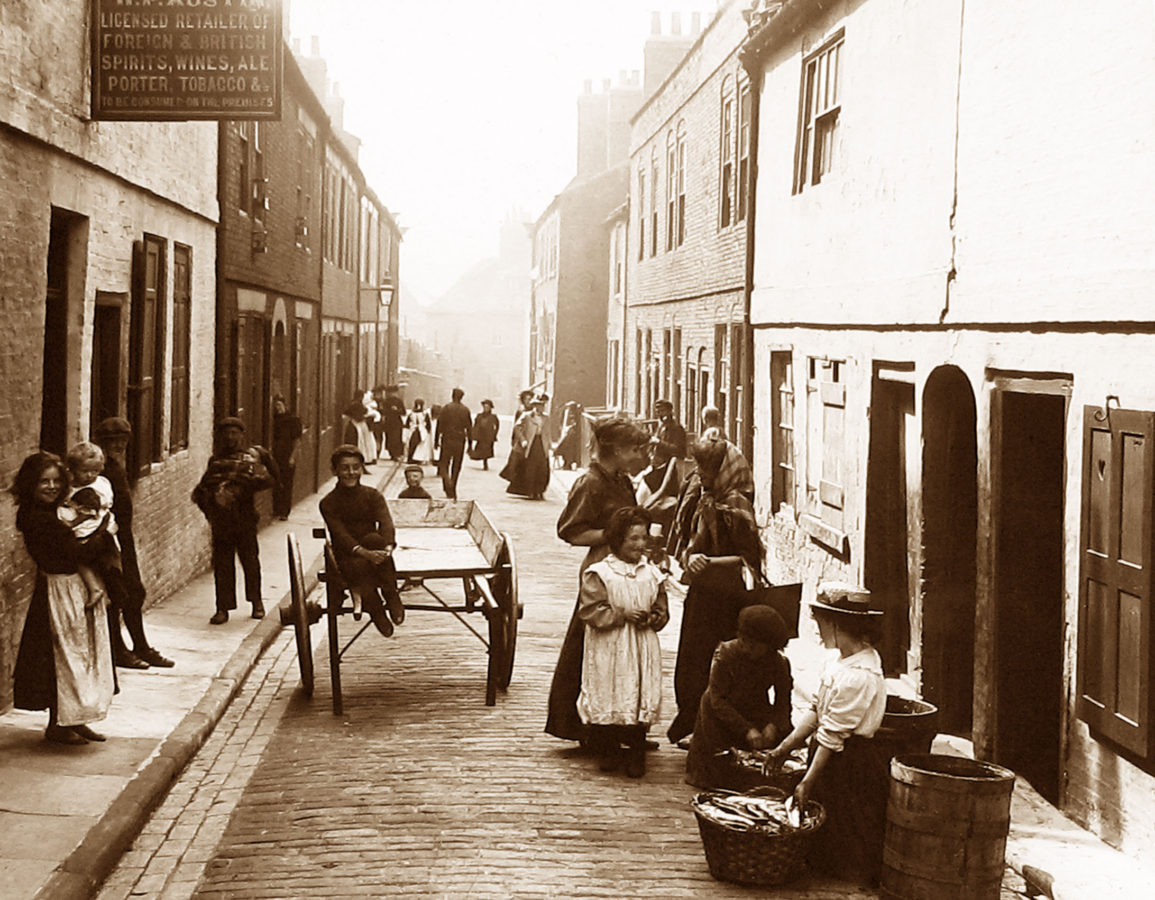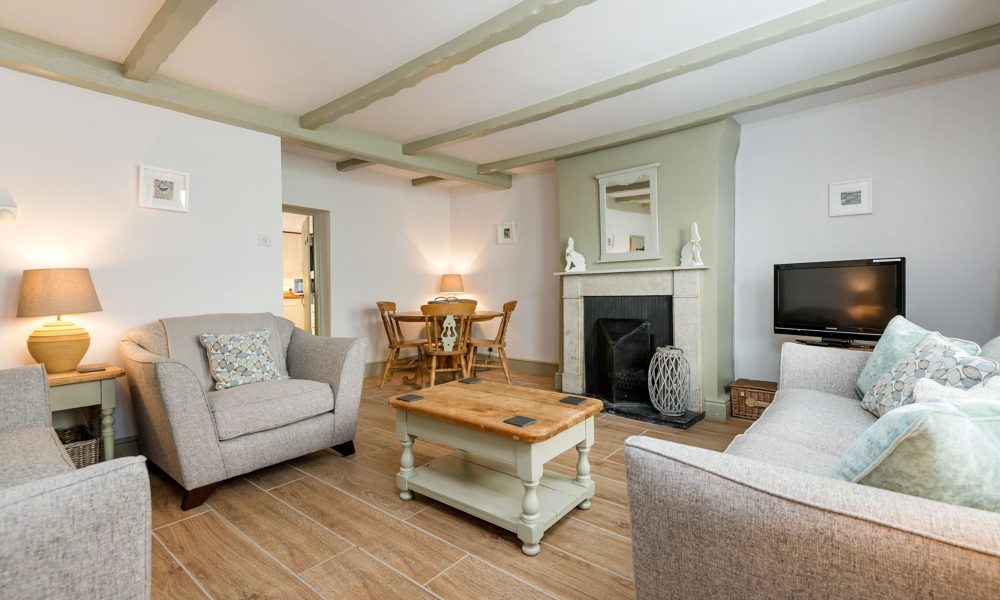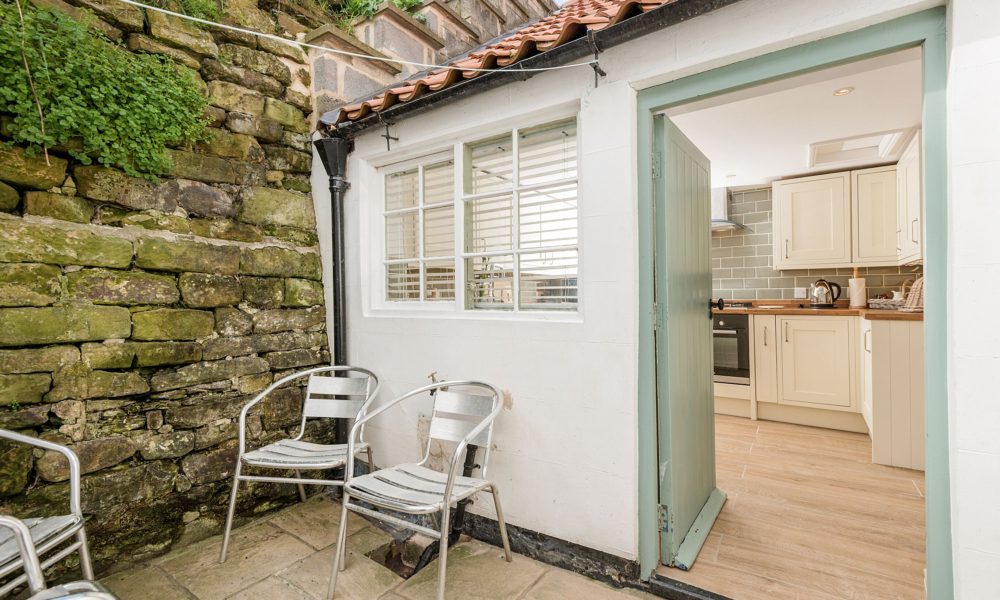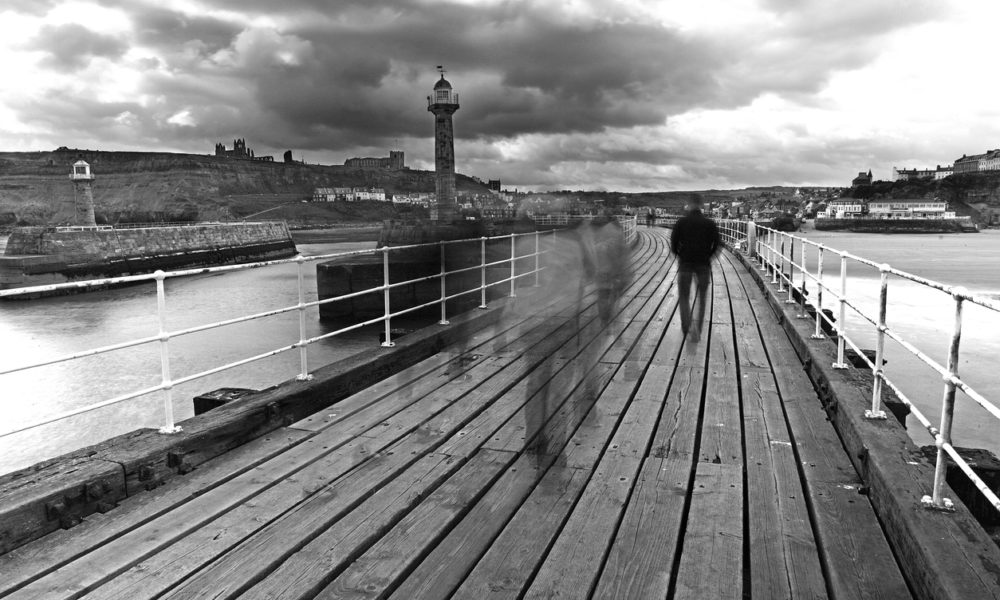Some history on Henrietta Cottage & Prince of Wales Cottage
Built Pre – 1663
First Recorded 1760
Rebuilt 1787 and 1797
Public House from C1800
First Licenced 1828
Lost Licence 1904
In present Form 1913

These two cottages, although separated by two other cottages, were in the same ownership for many years and were first built as a set of four dwellings in or before 1663. In 1760 it would appear that they were substantially re-built and upgraded by the Chomley’s as part of an attempt to change the Haggerslythe into an upmarket residential street named Henrietta Street in honour of the Lord of the Manor’s lady wife. However, from deeds for the properties it is clear that Chomley vastly over-stretched himself financially and was forced to sell off the newly rebuilt houses to pay off massive debts. What had been humble cottages were briefly reborn as refined town hosues for the up and coming of Whitby, but their glory was short lived.

In 1787 the first great slip occurred, most likely brought on by the construction of all the heavy stone houses there. A large octagonal Methodist Chapel was only one of many structures lost and over a thousand people were made homeless.
The set of four houses within which stand Henrietta Cottage and Prince of Wales Cottage was swept away by the landslide but, being built on a solid stone foundation, it was possible to rebuild them. In 1797 there was a second major landslip, brought on this time by the building of a large cannon battery at the end of the street. Once more the houses were painstakingly rebuilt, but to a less grand design for this latest catastrophe ended any hope of the street retaining its status as a fashionable development. Today only one house, number 20, survives to show us the original aspect of the street. It still stands today in all its dignified Georgian elegance, oddly out of place in the humble, working class Regency-Victorian street we see now.

During the Regency period, Prince of Wales Cottage (then joined to its neighbour now called Kipper Cottage) became a public house with associations with smuggling and prostitution. Even to this day rumours abound of lost smuggler’s tunnels still stocked with contraband which were cut off when the passageways caved in at various times and, if one listens carefully, laughter and sea shanties still echo from the dimly lit street. Henrietta Street was, by then, virtually Whitby’s ‘red light area’ and, in less than a generation, it achieved a social inversion from its intended status. Prince of Wales Cottage lasted as a public house until 1904, when the police finally succeeded in closing it down; entombed in the cliff face behind and below it reputedly lie its long lost cellars still holding barrels of beer and rum sealed off by an earlier landslide.
Apart from the stories of phantom coaches and black dogs, Henrietta Street is quiet today; its ladies of ill repute and overcrowded drinking dens frequented by men ‘of the trade’ are long gone. Now it is perhaps the most quaint and picturesque of all of Whitby’s old streets and it has at last, after over two hundred years, become ‘the domicile of refined and educated persons of an altogether better class’ as Chomley first intended in 1760.

